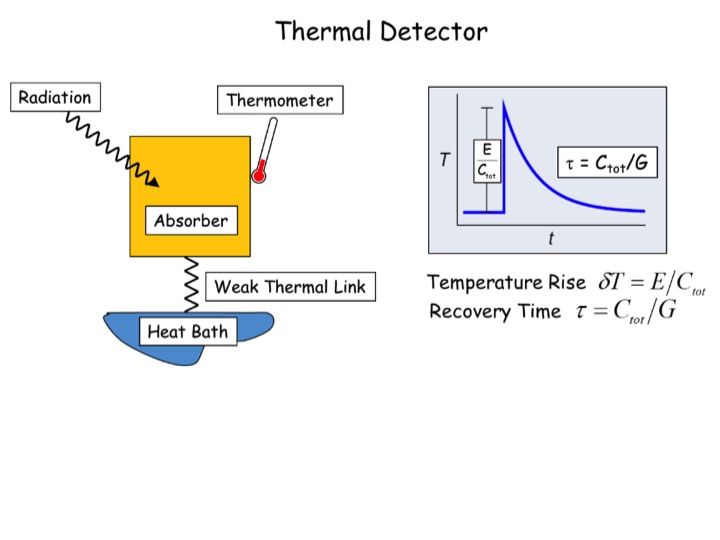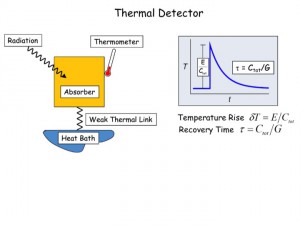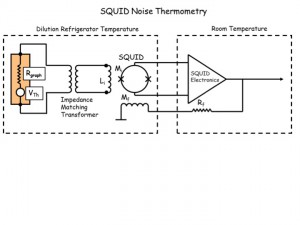GBTD - Graphene Based Thermal Detector
We develop a thermal detector of light based on graphene, a two-dimensional material made of a single atomic layer of carbon atoms. In a thermal detector, the energy of the incident radiation is estimated by the temperature change of the absorber. The smaller is the absorber, the bigger is the temperature increase. The graphene flake is the ideal material but it is so tiny (a few millionth of millimeter square) that we cannot attach a thermometer to it because the thermometer, however small, is million times larger than the flake. The only possibility is to use the graphene as absorber and thermometer at the same time. The temperature of the graphene is related to the intensity of the random motion of its electrons that we can measure with a particular superconducting sensor, the SQUID, that works well at very low temperatures (near the absolute zero, -273°C).





